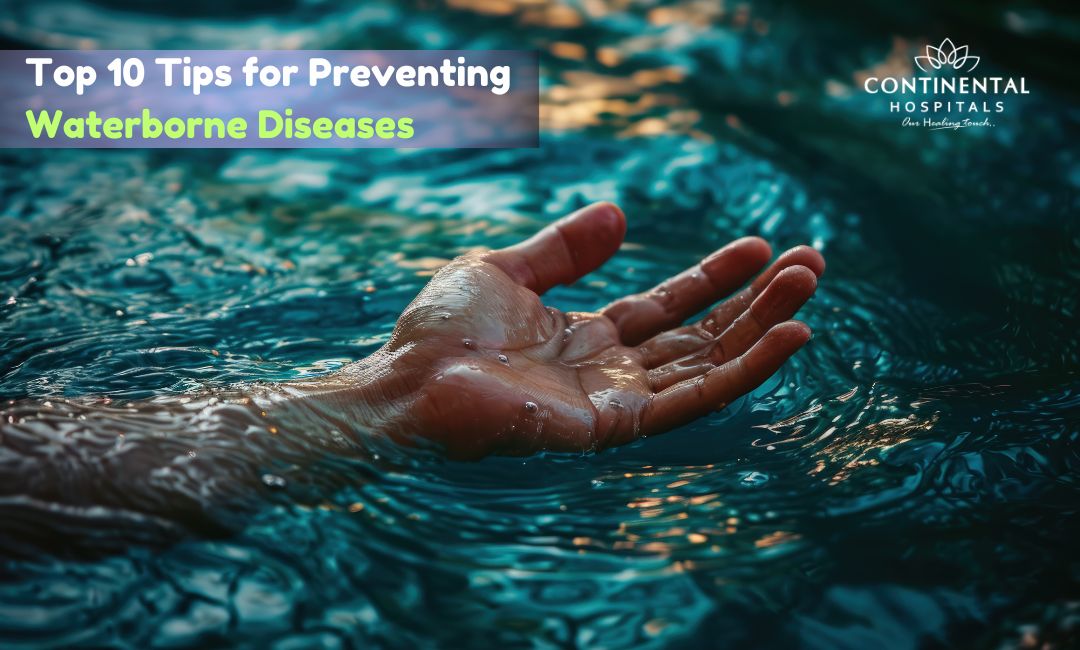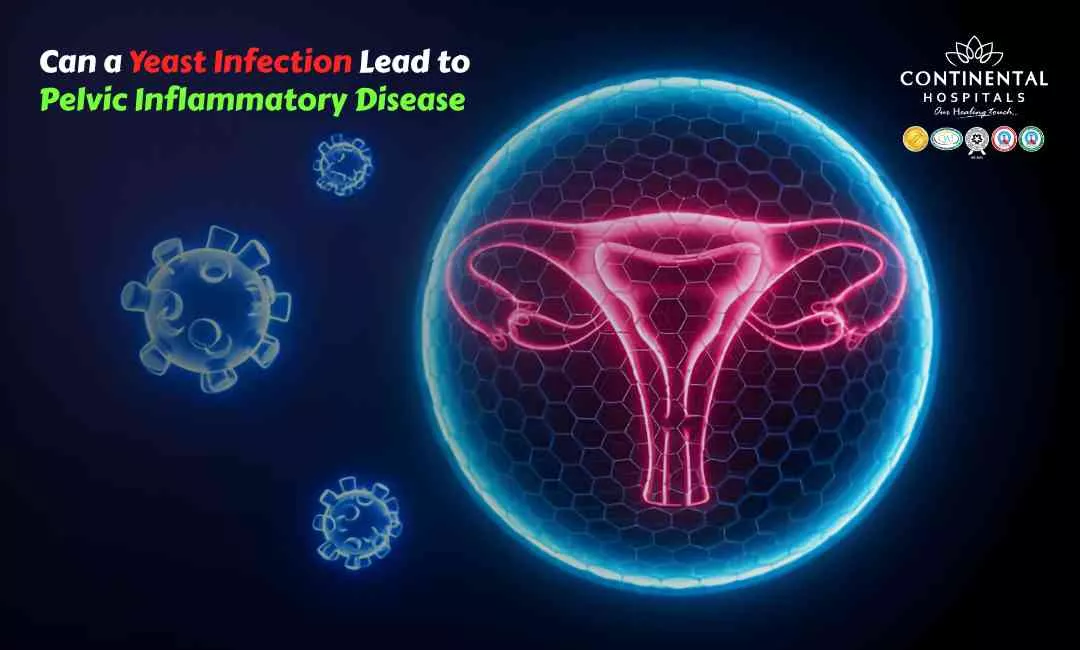Waterborne diseases are illnesses caused by pathogenic microorganisms that are transmitted in contaminated water. They pose a significant public health risk, especially in areas with inadequate sanitation and water treatment facilities. Here are ten effective tips to help you and your family prevent waterborne diseases:
What are Waterborne Diseases?
Waterborne diseases are illnesses caused by pathogenic microorganisms such as bacteria, viruses, parasites, and fungi that are transmitted through contaminated water. These pathogens can enter the body through ingestion of contaminated water, consumption of contaminated food washed in water, or through contact with contaminated water during activities like swimming or bathing. Common waterborne diseases include cholera, typhoid fever, hepatitis A, and dysentery. Improper sanitation, lack of access to safe drinking water, and inadequate hygiene practices contribute to the spread of these diseases, particularly in areas with limited water treatment and sanitation infrastructure.
Some Of the Common Water-Borne Diseases Are:
Here are some common waterborne diseases:
- Cholera
- Typhoid fever
- Hepatitis A
- Dysentery (caused by various pathogens including bacteria and parasites)
- Giardiasis
- Cryptosporidiosis
- E. coli infection (Escherichia coli)
- Norovirus infection
Risk Factors of Water-Borne Diseases
Contaminated Water Sources: Use of untreated or inadequately treated water for drinking, cooking, and hygiene.
Poor Sanitation: Lack of proper sewage disposal systems and open defecation practices.
Overcrowded and Unhygienic Living Conditions: Dense populations without access to clean water and sanitation facilities.
Climate and Weather Conditions: Heavy rainfall and flooding can contaminate water sources with sewage and pollutants.
Lack of Access to Safe Drinking Water: Limited availability or access to treated and safe drinking water.
Unprotected Water Storage: Storing water in open containers that can be contaminated by insects, animals, or environmental pollutants.
Inadequate Hygiene Practices: Poor handwashing habits and lack of awareness about waterborne disease prevention.
🥗 Healthy Plate Challenge
🍽 Add Your Favorite Dish
Pick Your 6 favorite foods, eat, and see the results.Drag & drop foods onto your plate.
Drop Food Here
10 Tips for Preventing Waterborne Diseases
1. Drink Safe Water
Ensure that the water you drink is safe and free from contamination. Use treated or boiled water for drinking purposes, especially if you're unsure about its quality. Consider installing a water filter or purifier at home to remove harmful bacteria and viruses.
2. Practice Good Hygiene
Proper handwashing is crucial in preventing the spread of waterborne diseases. Wash your hands with soap and clean water before eating, after using the toilet, and after handling animals or waste. Encourage children to follow good hygiene practices consistently.
3. Boil Water Before Use
Boiling water is one of the most effective ways to kill harmful pathogens. Bring water to a rolling boil for at least one minute (or longer at higher altitudes) to ensure it's safe for drinking, cooking, and brushing teeth, especially in areas with questionable water quality.
4. Store Water Safely
Store water in clean, covered containers to prevent contamination by insects, dirt, or other pollutants. Avoid reusing containers that may have previously held chemicals or non-food substances without thorough cleaning.
5. Use Sanitary Facilities
Proper sanitation facilities, including toilets and sewage systems, are essential for preventing the contamination of water sources. Use sanitary facilities and encourage community efforts to maintain clean environments to reduce the risk of waterborne diseases.
6. Avoid Swimming in Polluted Water
Avoid swimming or bathing in lakes, rivers, or ponds that may be contaminated with sewage or industrial waste. Choose designated swimming areas with monitored water quality, especially after heavy rainfall or in areas with known pollution issues.
7. Clean and Disinfect Surfaces
Regularly clean and disinfect surfaces that come into contact with water, such as kitchen countertops, sinks, and bathroom fixtures. Use disinfectants or a mixture of bleach and water to kill germs and prevent the spread of waterborne pathogens.
8. Ensure Food Safety
Wash fruits and vegetables thoroughly with clean water before eating or cooking them. Avoid consuming raw or undercooked seafood, especially from questionable sources, as it may harbor waterborne bacteria or parasites.
9. Vaccination
Vaccines can provide protection against certain waterborne diseases like cholera and typhoid fever. Check with your healthcare provider about recommended vaccinations before traveling to areas with known waterborne disease risks.
10. Educate and Raise Awareness
Educate yourself and your community about the risks of waterborne diseases and the importance of adopting preventive measures. Promote safe water practices, hygiene education, and community sanitation initiatives to reduce the incidence of these illnesses.
Treatment Options at Continental Hospitals
In case of suspected waterborne illness or related symptoms such as diarrhea, vomiting, or fever, prompt medical attention is crucial. Continental Hospitals offers comprehensive treatment options for waterborne diseases, including:
Diagnostic Services: Advanced diagnostic tests to identify the specific pathogen causing the illness.
Fluid Replacement Therapy: Intravenous fluids to restore hydration and electrolyte balance.
Antibiotic Therapy: Targeted antibiotic treatments for bacterial infections like cholera or typhoid fever.
Supportive Care: Monitoring and supportive therapies to manage symptoms and aid recovery.
By following these ten tips and knowing where to seek medical care if needed, you can significantly reduce the risk of waterborne diseases and protect your family's health. Stay informed, stay safe!
For more information on waterborne diseases, consult our Infectious disease specialist.
Related Blog Articles:
.webp)














